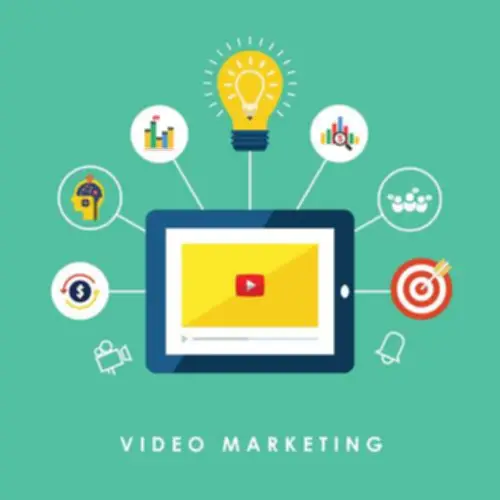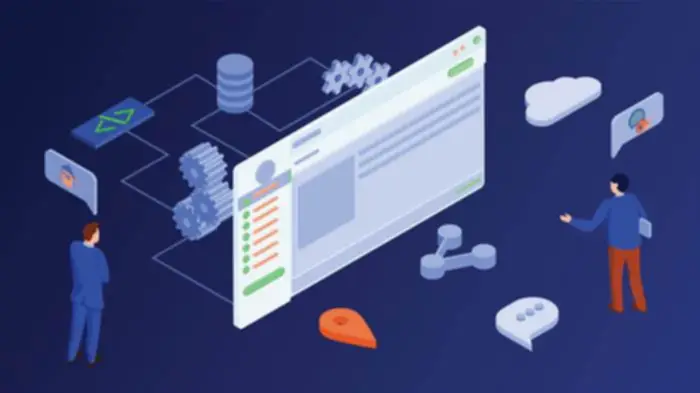It presents excellent interconnectivity to facilitate communication between community functions. Furthermore, the ESB model creates an oblique connection between systems http://www.ufcw711.com/merger-information/ that enables the development of straightforward applications. Overall, enterprise utility integration ensures that adjustments within the information are appropriately mirrored amongst all of the functions and can be used persistently. To address this, it introduced a “plug and play” robotics platform, which helps its clients in implementing new robotic solutions in warehouses per their wants. The first implementation of this resolution at an organization site in Madrid resulted in an enormous 60% cost discount while integrating completely different techniques and ensuring seamless data sharing.

EAI serves as an organization’s technological backbone, harmonizing a quantity of techniques to support crucial enterprise processes. Enterprise Application Integration (EAI) is the process of connecting disparate business applications within an organization to enable seamless knowledge trade and workflow automation. It entails integrating legacy and trendy methods, cloud-based and on-premises applications and numerous enterprise utility integration options to enhance interoperability and effectivity. EAI integrates disparate methods, business rules, and functions throughout an enterprise to create a seamless and environment friendly business infrastructure.
Solely go for enterprise application integration, which your out there team can configure and arrange. This will reduce the overhead cost of hiring engineers and training workers to use it. But different instances, the applying resolution can address the disparity in architecture to create a practical synchronization. The company significantly lowered license prices and connected DevOps with its ITSM and enterprise groups. As An Alternative of paying to onboard new purposes, teams can continue using their present enterprise utility. Nevertheless, software integration can present several advantages when done accurately, such as elevated efficiency and productivity, lowered prices, and improved customer satisfaction.
Eai (enterprise Utility Integration)
- This particular person will function a key advisor to College management, providing strategic counsel on all elements of communications, reputation management, and disaster communications.
- Enterprise Application Integration (EAI) is an ongoing means of implementing instruments and technologies that enable all enterprise functions to share information and workflows with one another.
- Enterprise process integration could be done in 3 ways – Pull, Push, and Process Trigger.
- API gateways, service meshes, and message brokers facilitate communication between services while maintaining safety and monitoring capabilities.
- Research by Aberdeen Group source needed also suggests quicker integration occasions lead to quicker return on investment (ROI).
That’s as a outcome of, as we briefly mentioned above, EAI is a double-edged sword i.e. it’s useful but additionally rapidly turning into outdated. As a result, growing numbers of companies are trying into API and microservices-based alternate options. With IT-Conductor, organizations acquire a comprehensive answer for managing integrations, automating updates, monitoring system well being, and proactively addressing points, multi functional unified platform.

You can even use EAI middleware to come up with fresh solutions to old problems and develop new and cost-effective ways of doing issues. As An Alternative of eradicating old software and changing it with a newer model, you integrate the two to avoid losing/wasting the cash spent in your earlier investment. It manages knowledge and translates phrases and situations from one software to a different.
Time equals money, and fewer employee hours are wasted when you can keep away from duplicating work by utilizing hybrid integration options. This allows information to be processed rapidly, with minimally coupled and decoupled components that may handle events throughout cloud and containerized environments. Let’s now look at some examples of enterprise application integration structure. Bear in mind right here that some trade specialists already see EAI as out of date and are switching to different approaches.
Safety Dangers And Information Privacy Issues
Our experience spans legacy system modernization, API growth, and microservices architecture. Break your integration components into self-contained models for particular duties that may be reused across tasks. For instance, an ERP adapter system can be used to combine with a CRM system and business intelligence instruments. Throughout integration, you may also use a workflow for a sequence of tasks for related business processes. Not Like hub-and-spoke or bus integration architectures that depend on centralized platforms, middleware frameworks are extra flexible in managing application interactions.
User Interface (ui) Integration
You can use these on your whole software program setting, enhancing everything from accounting to advertising and providing you with a streamlined and aggressive edge. By taking data from one software and utilizing it to feed the process of another, you’ll have the ability to create a seamless collection of events and automate the transfer of knowledge. This improved knowledge management and sharing make cross-collaboration between departments easier, enhancing team working efforts. The timeline is dependent upon the complexity of the methods, the number of integrations, and the instruments used.

The EAI answer ought to have the ability to scale together with your infrastructure because the variety of users, platforms, and operations improve. Once the solution can distribute the load throughout the system, the performance will stay consistent and versatile to demand. Accomplished proper, enterprise integration functions can make collaborations silky smooth https://giaitriabc.com/?f=1034. Done mistaken, it might create extra issues for the concerned teams and enterprises. The future of EAI is quickly evolving and rising as the need for firms to attach their backend systems turns into more prevalent. In addition, with the arrival of massive data, SOA, and cloud-based options, EAI is changing into extra critical than ever before.
A vendor may supply a variation on a particular design or go for a hybrid method that mixes different designs. A hybrid platform could be especially beneficial when working with each on-premises and cloud-based techniques. For instance, an EAI platform may use ESB applied sciences for legacy on-premises functions and integration platform as a service (iPaaS) for the cloud resources. For example, customers might have to manually copy and paste knowledge between applications to perform a single task or be required to seek the guidance of multiple functions to hold out their day by day routines. At the same time, knowledge analysts must deal with incomplete, inconsistent or inaccurate data, making it troublesome to answer necessary enterprise question or make data-driven decisions. CI/CD practices are important in streamlining enterprise application development by automating crucial steps corresponding to testing, integration, and deployment.
In today’s fast-paced business setting, organizations should have the flexibility to integrate numerous software functions seamlessly. Enterprise Utility Integration (EAI) is designed to help them accomplish this task. This guide takes an in-depth look at EAI, its benefits, key elements, best practices for implementation, and challenges to think about. Discover how tools https://achalafood.com/category/sweet/ like Adeptia might help your organization achieve environment friendly and efficient EAI. Middleware is a category of software program tool that sits between utility consumer interfaces and operating methods. Organizations might use database middleware, utility server middleware, message-oriented middleware, or other types depending on their unique requirements.
For instance, imagine an organization with numerous departments using totally different software tools. The company might combine these instruments using APIs, offering all the departments with a single view of the data. This integration would enable the organization to leverage the prevailing infrastructure with out compromising on the business processes of the different departments. EAI aims to unify legacy systems, cloud-based solutions, and different applications into an integrated strategy, offering a single view of business data for higher decision-making.
For exterior syncs, the MSP utilizing ServiceNow will ship timely progress updates to prospects in their system (Zendesk or Jira Service Management, for example) in real time with out going forwards and backwards. The IT staff can handle providers with ServiceNow by logging incidents, problems, requests, and other concerns. Enterprise Software Integration merges functions to create a more efficient system.
It ensures a free move of data among different applications within the enterprise. You can couple, uncouple, and recouple companies as business requirements change. However, it requires a disciplined approach to service definition and governance. The ESB acts as a middleware framework that handles routing, transformation, and varied communication duties. It offers capabilities to attach, mediate, and management interactions between completely different providers. All SOA implementations don’t use ESB, however an ESB could be incredibly beneficial in complex methods where many companies need to interact in a versatile, scalable, and maintainable method.
